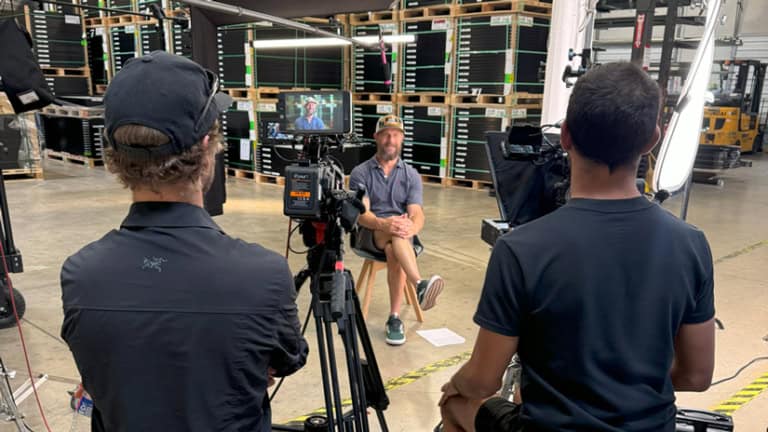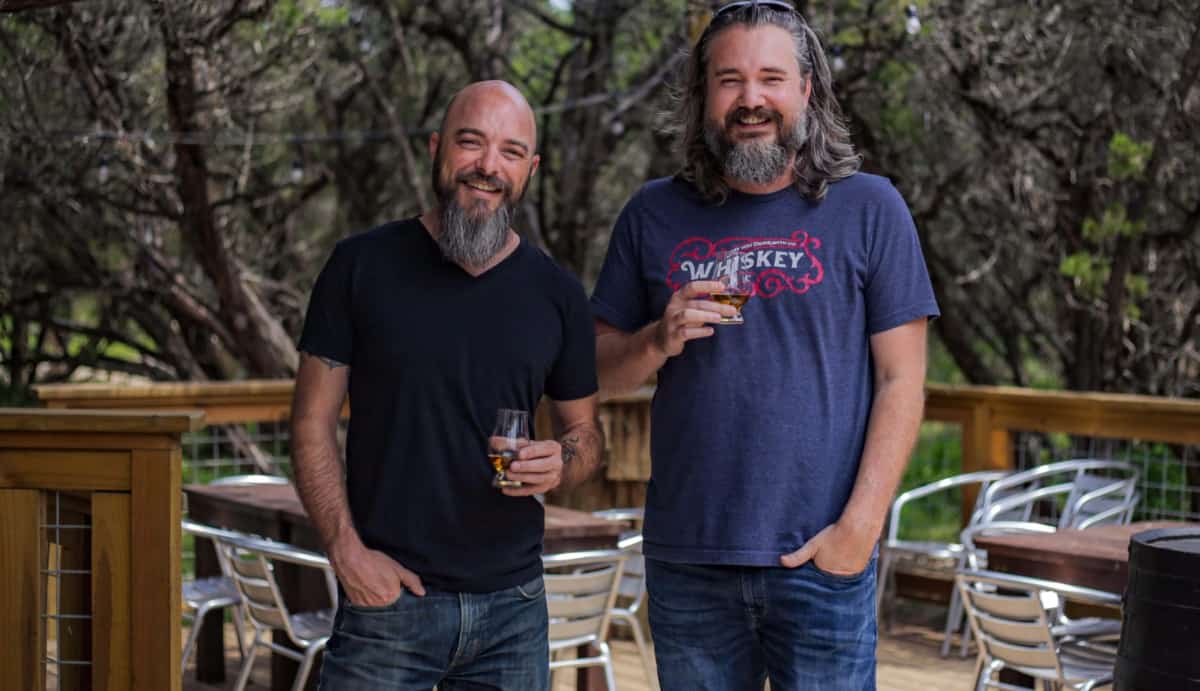
Getting paid online is easier now thanks to platforms like Patreon, which enables creators to receive payments for their various endeavors.
But don’t confuse the ease of receiving payments with the ability to earn a living from subscribers. Success is unlikely without an established fanbase, according to several local entrepreneurs who grew large followings before monetizing their audiences.
Once you have an audience, though, there are multiple ways to start and grow a Patreon business. Users often donate into $5, $10, and $20 monthly tiers in exchange for tangible items.
Circling Back, a podcast from Washed Media in Austin, debuted in early 2019 and has around 4,000 patrons, garnering an estimated $37,000 per month. Roughly 85% of supporters pay into the top $10 tier in exchange for two extra episodes per week.
The podcast is the reincarnation of Grandex Media’s Touching Base podcast. After being laid off in 2018, Dillon Cheverere and Dave Ruff started over along with colleague Will deFries.
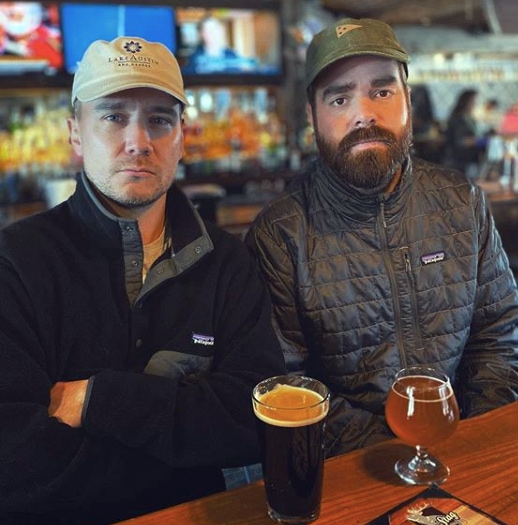
A “very rabid fan base” of mostly 24- to 35-year-olds keeps the operation alive.
“We were never the biggest podcast, but our audience was, I would say, the most engaged,” Ruff said. “We were lucky the Touching Base fanbase followed us over to Circling Back because we wouldn’t exist without them.”
Another local Patreon page, Whiskey Tribe, is a spin-off of a YouTube channel of the same name. It took co-creators Daniel Whittington and Rex Williams two years to grow to more than a quarter-million YouTube subscribers. The videos emphasize the approachable side of whiskey and are filmed from Whittington’s other business, the Wizard Academy in South Austin, where he has a 500-bottle whiskey vault.
The advance effort has led to 2,457 subscribers pledging nearly $27,000 in monthly contributions.
“We tried to view Patreon as its own business that had nothing to do with our other business channels,” Whittington said.
While multimedia content dominates Patreon’s Austin leaderboard, Annabelle Lewis is among the more successful local creatives on the platform. Her donors receive oracle decks and guidebooks inspired by her passion for mythology and history, resulting in witches, goddesses, and the stories behind them.
Her following includes 86 patrons who contribute a combined $843 per month. Lewis’ 30,000 Instagram followers serve as leads for her Patreon business. She also leveraged that following into Kickstarter and PledgeManager campaigns that generated $108,000.
Still, profits were minimal.
“My hope is that my Patreon will get to the point that’s where I make most of my money, and I don’t have to do any of the other stuff,” Lewis said. “Kickstarter is so much work to come up with a project and launch it as well as working with manufacturers and paying for all of the things you’re creating. It is a lot of stress.”
“Everybody Should Be Getting Something”
Lewis sees creators approach Patreon several ways, from aggressive rewards across tiers to simply as a digital tip jar. She has found a middle ground with unique physical rewards each month and basic prints.
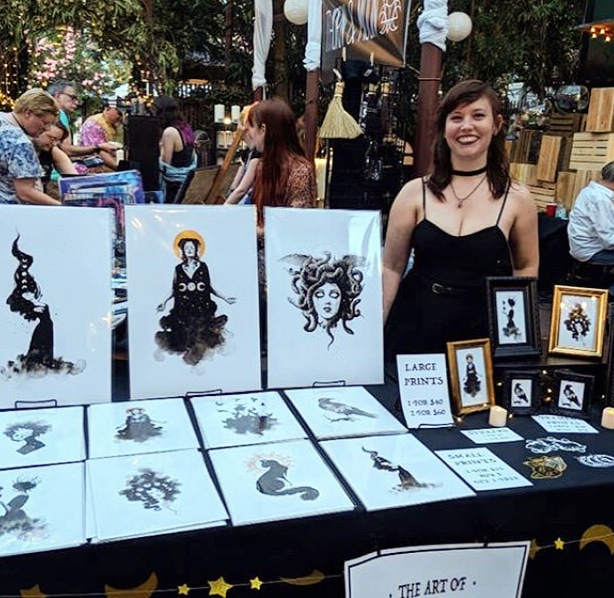
“As a person who backs a lot of Patreon pages, I mostly want to support that person — and if there’s a cool reward, that’s great,” Lewis said.
But Whittington said donors’ goodwill is limited. Supporters may invest consistently early on, but enthusiasm wanes.
“Fundraisers don’t understand that anyone giving money is thinking transactionally, everyone should be getting something,” Whittington said. “You can’t keep counting on goodwill, or then you will go bankrupt.”
His business plan accounted for this by providing donors with a mini-distillery operation. Patrons decide each step of the whiskey-making process — kind of like a choose-your-own-adventure book, he said.
“If you voted on the whiskey, you’re going to stick around for a year because it feels like your hard work,” Whittington said.
Growing A Membership Base Sustainably
The Whiskey Tribe support tiers have been practically sold out for the last two years since that launch, Whittington said.
“Our problem isn’t getting new people,” he said. “It’s meeting the needs of our existing people in a way that doesn’t dilute the experience.”
Whittington has no plans to expand tiers until at least 2021. Revenue could double in less than a month if every tier was expanded, he said, but three months later he predicts the support would collapse because the fulfilments would become unsustainable.
“Or we could just be patient and let us clear $100,000 every four months,” he said.
Whittington said his Whiskey Tribe dream is for a “whiskey castle” to someday become a permanent destination for the group to gather.
The Circling Back podcast, on the other hand, has its own “castle” of sorts with a recently acquired studio on Bee Cave Road, an upgrade from the attic they previously recorded in.
“It definitely made me feel like we were more of a business now just getting our own brick-and-mortar location as opposed to relying on a buddy’s studio,” deFries said.
However, it’s still unusual co-mingling alongside West Austin lawyers and bankers.
“Those 9-to-5, corporate types don’t really understand what we do and how we turn it into a money-making endeavor,” Cheverere said. “‘Oh, is this just a hobby for you guys?’ No, we actually have an income. It’s pretty normal.”
